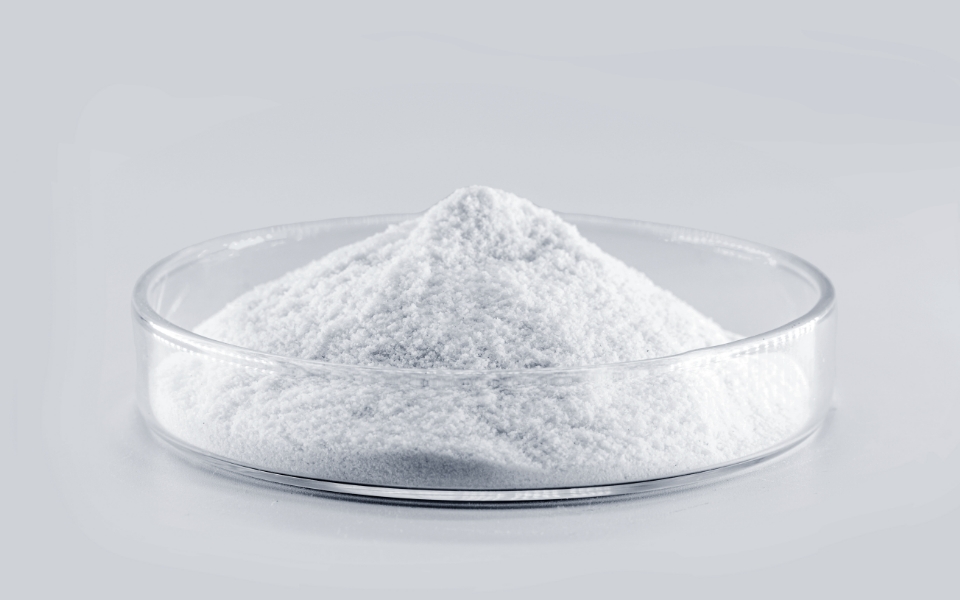Your needs: carrying out an analysis using the Rietveld method
What is the Rietveld method?

The Rietveld method is a very fine analysis technique for powder diffraction patterns. It has applications in many areas of materials science, chemistry and physics.
Why analyse crystallinity levels?
The degree of crystallinity is an important parameter whose evolution reflects a change in the microstructure, and consequently in the properties of the material (density, Young’s modulus, elongation at break, plastic shrinkage, etc.). ).
The degree of crystallinity therefore influences the optical, mechanical, thermal and chemical properties of the polymer. The degree of crystallinity also makes it possible to assess the amorphous and crystalline contributions of the material under study.
The FILAB laboratory offers you its services for Rietveld crystallinity analysis
With a wide range of cutting-edge analytical equipment, the FILAB laboratory can offer you its expertise in crystallographic analysis of your materials using the Rietveld method, and can help you bring your industrial projects to fruition.
The various analysis methods used in our laboratory enable us to :
- Measure the content of crystallised compounds
- observe the morphology and molecular arrangement of crystals under the microscope
- Identify the different components of a crystalline form by comparison with our databases
- Analyse the polymorphism of an active ingredient
- etc.
Did you know?
For more than 30 years, our FILAB laboratory has had the experience and specific analytical equipment to support industrial companies in Rietveld crystallinity analysis.
The support of an expert analysis laboratory like FILAB enables you to better understand the strategic challenges and changes in your sector. Our specialist engineers will support you throughout the crystallinity measurement protocol on your powders in the laboratory. They are available to answer your questions and help you interpret the analytical results obtained from the crystallinity level of your powders.
To find out more
Determination of molecular weight and polydispersity by GPC
Determining the degree of cross-linking
This method is particularly useful in the following situations:
Determination of unknown crystal structures: When a new crystalline substance is synthesised or isolated, the Rietveld method can be used to determine its crystal structure. This can be important for understanding the physical and chemical properties of the material.
Refinement of known structures: Even if the crystal structure of a substance is already known, the Rietveld method can be used to refine and improve the accuracy of crystallographic parameters, such as atomic positions, occupancy factors and thermal parameters.
Studying crystalline distortions: Some materials exhibit crystalline distortions, such as deformations, stresses or defects. The Rietveld method can be used to study these distortions and understand how they affect material properties.
Multiple phase analysis: When a sample contains several crystalline phases, the Rietveld method can be used to identify and quantify the different phases present in the sample, as well as to determine their respective structures.
Phase transformation studies: The Rietveld method can be used to monitor changes in crystal structure that occur during phase transitions, such as melting, recrystallisation, or magnetic transitions.
Powder analysis: The Rietveld method is particularly suited to the analysis of crystalline powders, where the samples are not in the form of individual crystals, but in powder form. The crystalline structure can be determined from the powder diffraction patterns.
Studies of complex materials: Complex materials such as ceramics, metal alloys, magnetic materials, etc., can be analysed using the Rietveld method to obtain detailed information about their crystal structure and properties.
The Rietveld powder method is a powerful approach for determining the crystal structures of materials from their powder diffraction patterns. Here's how it works in simple terms:
Collecting powder diffraction data: First, you take a sample of the material in powder form. Then you expose this powder to X-rays or neutrons. The X-rays or neutrons are scattered by the atoms in the powder, creating a powder diffraction pattern.
Creating an initial model: Before using the Rietveld method, you need an initial model of the crystal structure you think the material might have. This model can be based on previous knowledge or simulations.
Parameter adjustment: Now you take this initial model and adjust its parameters so that it better matches the powder diffraction pattern you obtained experimentally. The parameters you adjust include bond lengths, angles, atomic positions and other structural features.
Comparison with experimental data: At each stage of the fitting, you calculate the powder diffraction pattern from your refined model and compare it with the experimental data. The aim is to minimise the difference between the two.
Iterations and refinement: You repeat this fitting and comparison process several times, gradually refining the model parameters until the calculated diffraction pattern matches the experimental data very closely.
Interpreting the results: Once your refined model fits the data well, you have an accurate representation of the crystal structure of your powdered material. You can determine the positions of the atoms, the distances between them and other important details.
Studying powders using the Rietveld method is particularly useful when you have a sample in powder form, which is common in many areas of materials science, chemistry and geology research. This method provides valuable information about the crystal structure of materials, even when only small quantities of sample are available.








